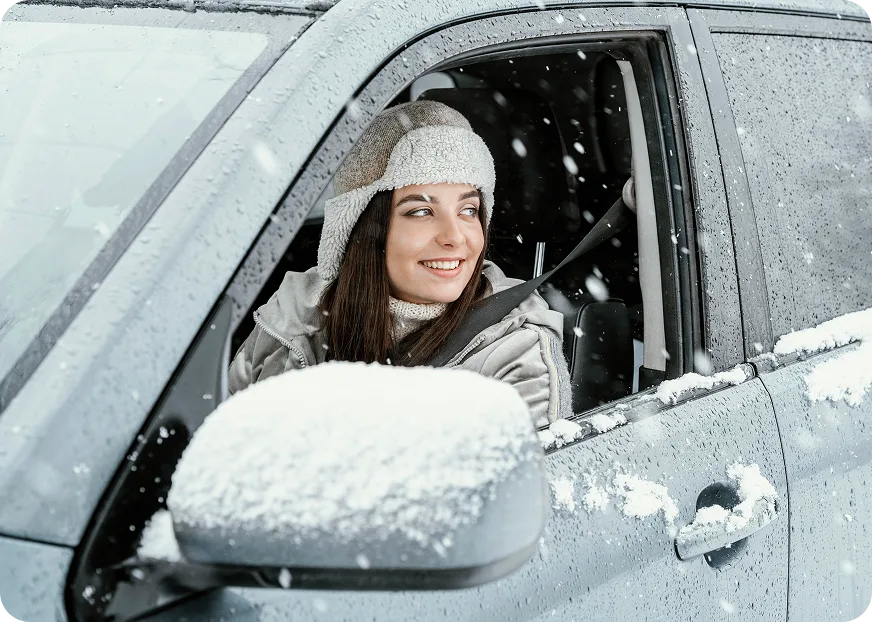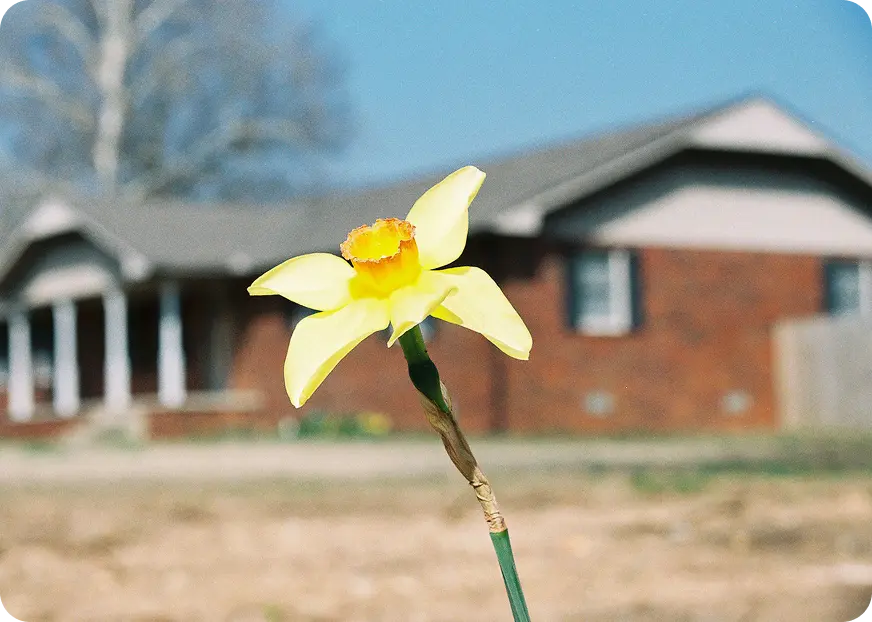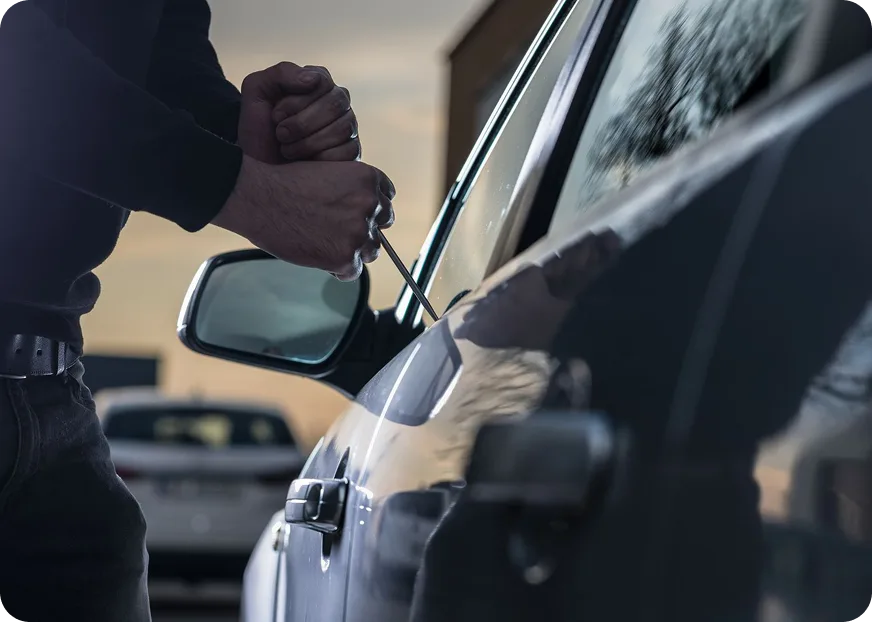Winter weather can be treacherous. As well, when you are inexperienced or ill-prepared for bad winter weather, you can feel less confident behind the wheel. Winter storms can pop up unexpectedly, while wintery roads can suddenly become icy. As a driver in Canada, you need to take every precaution to protect yourself and others on the road. Here, we offer tips for driving in winter conditions and how to be prepared.
Avoid Driving When Road Conditions Are Poor
The best way to stay safe in the winter is to avoid driving when the weather is bad. Whether there is a snow storm, icy conditions, or other weather-related perils, you can avoid accidents by simply putting off unnecessary travel until road conditions improve.
Install Snow Tires
This is an obvious precaution, but you’d be surprised how many people do not change their tires in the winter. Although snow tires are expensive, they are a good investment that will keep you safe while lasting for several years. Most insurance companies also offer lower auto insurance premiums for drivers with snow tires. You can put those savings towards your snow tires to help offset the cost. As well, make sure your tires are in good condition and have the proper air pressure.
Have Your Car Checked Each Fall
Making sure your car can respond in winter weather is very important so make sure you have your car checked each fall to make certain everything is in working order, while making the necessary repairs. This will not only keep you safer on the winter roads, but also reduce the risk of being stranded in frigid temperatures.
Remove Snow and Ice From Your Vehicle
While you might think you can get away with just clearing your windshield, snow on your car can slide from the roof and block your view. It can also blow into other cars behind you. Therefore, always clear all snow from your vehicle before heading out on the road. As well, check your exhaust to clear it of blockages from snow and ice. Remember, if you are spotted driving with snow on your car, you could face a fine. Bonus tip: If you don’t have to worry about snow and ice because you have a garage, always pull your vehicle out of the garage before warming it up. Otherwise, you could suffer from carbon monoxide poisoning.
Fill Up Your Gas Tank
The last thing you want in the middle of winter is to run out of gas. Always make sure you have more than enough gas to get you where you are going and then some in order to avoid being stranded in below-zero temperatures.
Adjust Your Driving to Suit the Weather
Adjust your speed in snowy, icy, or reduced visibility conditions. Keep at least two car lengths away from other vehicles on the road. Never slam on the brakes when it’s snowy or icy; instead, pump them so you stop quickly, but don’t slide. Cars with a standard transmission can safely slow down by downshifting the gears, especially when driving downhill in the snow. Avoid feathering the clutch or you could send yourself into a skid. One last tip: never use cruise control on slippery roads.
Take Corners Slow
Snowy and icy roads can make turns more dangerous. Be sure you don’t brake hard or accelerate on corners. If you feel yourself sliding, ease off the brakes and keep your steering wheel pointed towards the place you need to go.
Know How to Correct a Skid
It can be easy to panic when you go into a skid. However, the trick is to stay calm and know how to regain control. If you go into a front-wheel skid, ease off the gas and give your tires a chance to steer the car. Don’t touch the brakes or gas pedal, and steer the car in the direction you need to go. Don’t accelerate until you are clear of the slippery spot. On uncleared roads, brake lightly, keeping your steering wheel straight. Back-wheel skids also require you to ease off the gas. In this case, however, you need to turn into the slide using the steering wheel to help your car straighten out. Avoid over-steering when you do this, as it can make things worse. Keep calm and focus on regaining control.
Give Yourself Extra Time
When you have no choice but to head out in icy or snowy conditions, always give yourself plenty of extra travel time. Everyone is going to be driving slower, so you need to factor this in when considering how long it will take to arrive at your destination.
Watch Out for Snow Plows
Make sure you give snow plows and other road maintenance vehicles enough space. Never try to speed up and pass them, as this puts you and others in danger. In fact, driving behind them provides you with a much safer path, as the road will be cleared and sanded.
Stick to Main Roads
Main roads are cleared faster due to road maintenance schedules, as well as more frequent traffic. Stick to these roads whenever you can so you don’t wind up stuck in snow on an unplowed side street.
Keep Your Eyes Peeled
Drive with your lights on, and keep your eyes peeled. Both drivers and pedestrians are at higher risk when out in bad winter weather. For example, pedestrians have hoods on that can block their view when they step onto the street. People shoveling their driveways might not realize they’ve stepped onto the road. All of these issues can increase risk for accidents, so make sure you are noticing all types of movement so you don’t hit anything or anyone.
Plan for the Worst
Even if you are just heading to the corner store, never drive in the winter without being dressed appropriately with a winter coat, hat, and gloves or mitts. Always have the following in your vehicle:
- Your cell phone
- Non-perishable food and water
- A flashlight
- Ice scraper
- A warm blanket
If you get in an accident, have a flat tire, or have other vehicle issues, you can keep warm until help arrives.
What to Do If You Get Stuck in the Snow
We all face the risk of getting stuck in the snow at least once in our lives. If this happens to you, follow these tips:
- Call for help and stay with your vehicle until help arrives.
- Never try to walk somewhere for help in a snowstorm, as you can quickly get lost.
- If trying to dig yourself out, never over-exert yourself. Take rests or call for help if your body feels it can’t handle the work.
- If you have to wait in the car, first be sure you clear snow away from the exhaust, or you could suffer from carbon monoxide poisoning.
- Keep your vehicle visible using flares, or even by tying a bright scarf to your car. You can also keep your interior dome light on.
- Bundle up as best you can to keep warm.
- Conserve gas by running the engine intermittently to keep warm.
Hopefully, you will never end up in this position by following our tips! If you would like information on the best car insurance that Ottawa has to offer, speak to our team at Oegema, Nicholson & Associates today. Call us at 613-704-7766 or contact us here.






